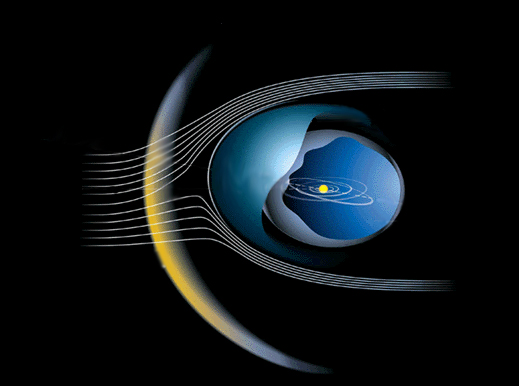PROJECT DESCRIPTION:
The project GEOHELP aims at consolidating of a young research team at Institute of Geodynamics of the Romanian Academy (IGAR)
with knowledge in research fields of solar-terrestrial physics (space weather).
The general objective of the project is to study the effects in the geomagnetic field induced by the heliospheric
perturbations produced, at their turn, by coronal mass ejections (CMEs) propagating through interplanetary space.
The specific objectives are:
a) studying the CMEs associated with solar flares which are directed towards the Earth, their source on the solar disk, the mechanism of initiation;
b) determining the real direction of propagation and the real speed of CMEs.
c) comparing the near-Sun signatures with in-situ signatures;
d) assessing the response of the magnetosphere, via geomagnetic indices, to CMEs hitting the Earth environment;
e) developing an empirical model in order to predict the arrival time of CMEs to the Earth.
Research Methodology
We will focus on CMEs associated with solar flares, as they are the main cause of the strong geomagnetic storms.
We will first analyse historic CME events that produced major geomagnetic storms (e.g., Halloween Events of 2003, 2007 Nov 15 event, etc.) in order to validate and improve the existing models of CME initiation and propagation.
We will then apply the already existing techniques for reconstructing the three-dimensional (3D) structure of CMEs to the events observed by spatial and ground-based coronagraphs in the period 2007-2009 (period covered by the observations made with the twin spacecraft Solar Terrestrial Relations Observatory (STEREO) in order to determine the direction of propagation of CMEs, their real speed and their 3D morphology at distances close to the Sun.
We will compare the results obtained with the source region of the CMEs on the solar disk and with the heliospheric signatures of CMEs in order to see how parameters like: direction of propagation, speed, orientation of the magnetic field etc. changes from the moment of launch of the CME until they reach the Earth's magnetosphere.
We will compare these parameters with the geomagnetic response (variation of geomagnetic indices etc.) in order to improve the forecast.
